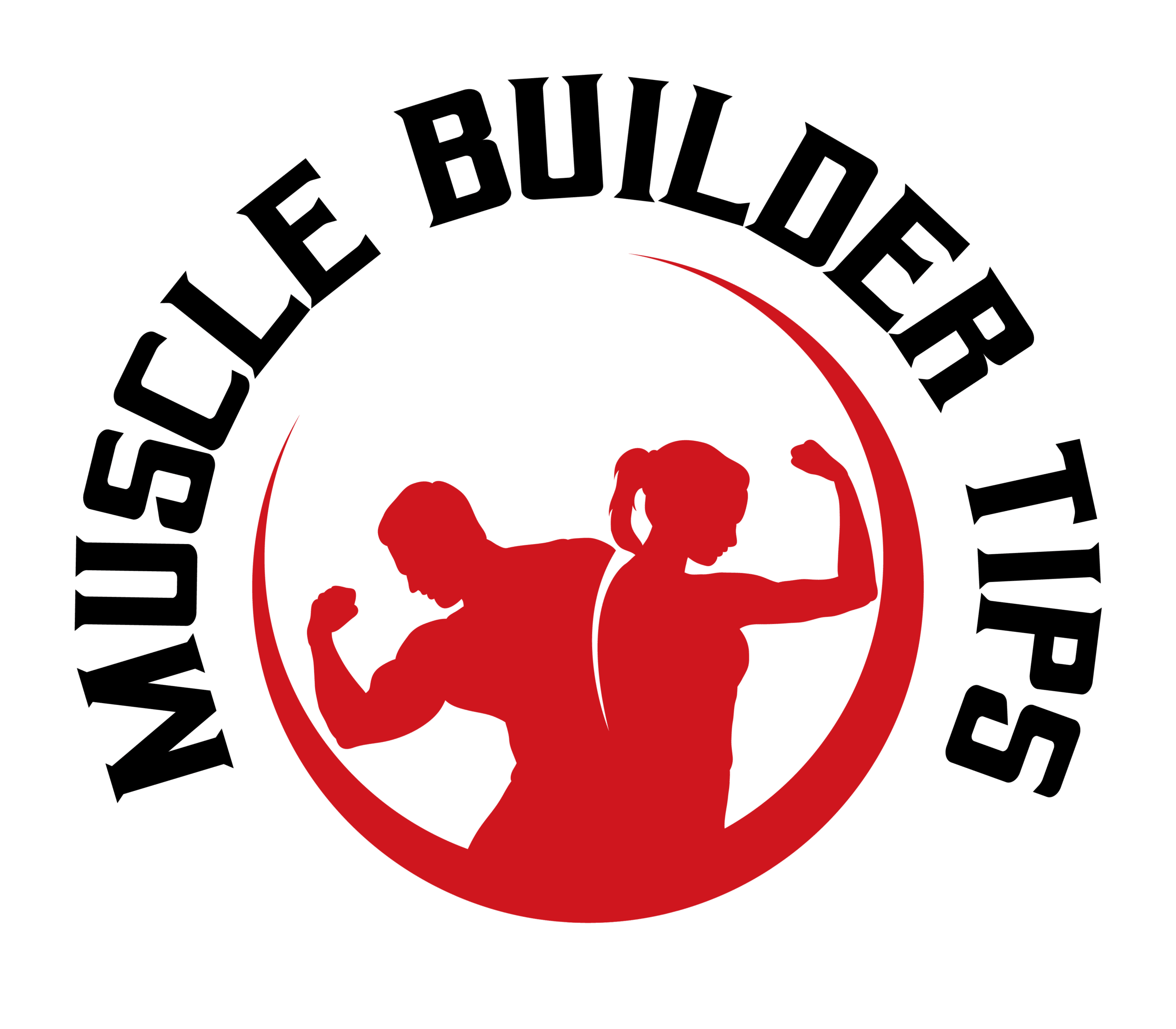
Trying to bulk up? Not an issue Just lift weights, increase the number of calories in your diet, and repeat. However, you’ll need a more focused strategy if you’re really looking to increase lean muscle mass for a ripped, muscular body. Each factor will have a big impact on your ability to attain your lean muscle builder way, from the meals you eat to the length, frequency, and sorts of workouts you do. In your quest to get jacked and shredded, the following advice will point you in the correct way.

Increase the Frequency of Your Workouts
Attending the gym twice a week is plenty if you want to maintain the muscle you already have, but if you want to gain some size, you should consider going 4-5 times per week. Even while these sessions might need to be a little shorter to allow for recuperation, the increased exposure to a training stimulus can help with mass gain.
Diversify Your Strengths
Remember that your body is an adaptive creature that has to be challenged to change, even though it is true that sets in the 8 to 12 rep range are particularly beneficial for growing muscle. Therefore, instead of maintaining a set and rep pattern for the entire season, think about performing some lower-rep strength work for four weeks by adding some higher-rep sets for a training block of 20 to 30 reps that focus on strength-endurance exercises. The diversity may aid in promoting muscular growth.
Think About the Big Lifts
Compound workouts that use a lot of muscle and successfully gain mass include deadlifts, squats, overhead presses, and pull-ups. Additionally, you’ll be able to lift more weight with the bar during these exercises, and as far as we know, lifting more weight is a key component in adding size.
Move with Targeted Isolation
Your program can still contain isolation workouts like biceps curls and calf raises even if you should prioritize heavy weightlifting. You can boost program volume with these exercises, which are crucial for building muscle and strengthening vulnerable body parts. Furthermore, because you can’t overload them with as much weight as you do in a squat or deadlift, they are less taxing on your nervous system and you can recover from them more quickly.
Think About Recovery
While your time in the gym undoubtedly contributes to the training effect, it is your time outside of the gym that fosters recovery and progress.
